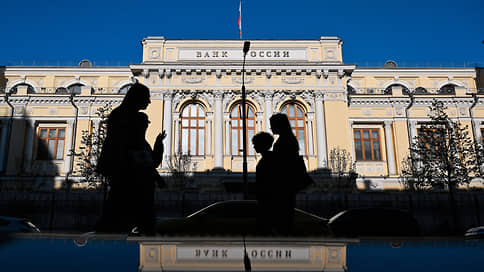Bank of Russia and markets disagree on summer inflation
[ad_1]

The September reaction of the markets to the increase in the Central Bank of the key rate in August 2023 should determine the further scenario for the development of events for the months ahead. As follows from the review of economic trends in August published by the Bank of Russia, the main reason for the increase in the rate is the halt in the decline in August of trend inflation, commodity prices that are little dependent on the ruble exchange rate, and the growth of corporate lending. The market, unlike the Central Bank, considers the key rate too high, but the consequences of the weakening of the ruble by the end of 2023 will most likely not give the Central Bank the opportunity to reduce it.
The Bulletin of the Central Bank “What the Trends Say” supplemented the information on the Bank of Russia’s point of view on the development of the situation in the financial markets in July–August 2023. Recall that on August 15, the regulator decided to increase the rate from 8.5% to 12% per annum, citing a sharp increase in pro-inflationary risks, including due to the depreciation of the ruble against major currencies. At the same time, the Bank of Russia rejected assumptions that there were intentions to strengthen the ruble for the purpose of the Central Bank’s decision, and commented on the rate level of 12% per annum as not containing an excessive “signal” component (that is, it made realistic assumptions that at the next meeting of the Council on September 15, while maintaining the current trends, the rate will be increased). The data published by Central Bank analysts in the second half of August spoke of the rigidity of the markets — the Bank of Russia did not record a rapid decline in lending in August — and that, as of August 15, there were strong and unequivocal reasons for a sharp increase in the rate (except for expectations of the effect of the ruble exchange rate pass-through to import prices ) the Central Bank did not have.
The Bulletin completes this picture with new data. The Central Bank analysts had some reason to believe that even in July, pro-inflationary risks increased significantly, and in August these trends were weaker, but persisted. Thus, the growth rate of corporate loans, excluding currency revaluation, already in July exceeded 20% year-on-year, since March-April 2023 they have been constantly growing. As early as July, the main driver of broad money growth on the asset side was lending rather than budget spending, whose contribution to M2X dynamics has remained high but stable since spring 2023. The Central Bank had every reason to believe that in August-September, at a rate of 8.5% per annum in the corporate sector, the same thing would happen to the loan, while a slightly less active dynamics in the sector of loans to individuals could continue to be warmed up by a rapid emission mortgage loans, including concessional loans, and an increase in ruble retail lending.
Apparently, the Bank of Russia could not count on the appearance of new temporary disinflationary factors in August 2023: July already showed a low probability of August seasonal food deflation (in fact, it did not exist), the mood dynamics was rather not in favor of the Central Bank. In addition, already in July, not only goods, the prices of which traditionally depend on the exchange rate, but also commodity groups, which had not previously shown strong dependence, reacted strongly to the weakening of the ruble, despite the fact that, according to the Central Bank, the main impact on inflation of the pass-through effect is still ahead (at the same time, the real speed of realization of this effect in prices is apparently unpredictable now).
The last circumstance, we note, makes even a symbolic reduction of the key rate by the Central Bank in September unlikely. The strengthening of the direct effect of the devaluation in the fall of 2023 is able to compensate for the expected weakening of pro-inflationary pressure, and by October-November, the impact of budget spending on inflation should increase. Note that the Central Bank recognizes the discrepancy between its estimates and the OFZ market estimates: government debt holders in August expected that the Bank of Russia would not keep the rate at 12% for a long time.
[ad_2]
Source link






